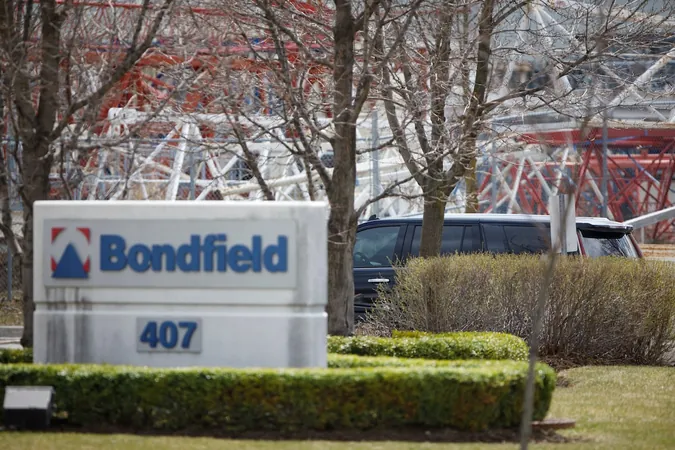
Supreme Court's Groundbreaking Ruling in Bondfield Case: A Major Win for Creditors and a Massive Setback for John Aquino!
2024-10-11
Author: Olivia
Introduction
In a landmark decision, the Supreme Court of Canada has delivered a game-changing ruling that will redefine bankruptcy law, offering a significant victory to creditors and marking a substantial defeat for John Aquino, the former president of Bondfield Construction Co. Ltd.
The Ruling
On Friday, the Supreme Court unanimously upheld prior rulings from two Ontario courts, concluding the legal journey of Mr. Aquino. He and his associates were found liable for scheming to siphon over $33 million from Bondfield, ultimately leading to the company's notorious bankruptcy filing in 2019—an event that has been referred to as the largest financial collapse of a construction firm in Canada's history.
Impact on Construction Projects
Bondfield was instrumental in constructing vital public infrastructure projects, but the fallout from Aquino's fraudulent actions jeopardized numerous initiatives, including the redevelopment of St. Michael’s Hospital in downtown Toronto. This came at a time when the Canadian healthcare system is already struggling to cope with patient demand, further underscoring the severity of the repercussions from his actions.
Future Implications
This Supreme Court ruling is expected to ripple through legal and financial sectors for years to come. 'This decision will set a precedent that makes it easier for insolvent companies to pursue former executives who have engaged in fraudulent behavior,' stated Jeremy Opolsky, a partner at Torys LLP, which played a key role in the case, representing the trustee in bankruptcy for Forma-Con, a Bondfield subsidiary.
Aquino's Admission and Defense
Aquino himself has admitted to overseeing tens of millions of dollars in payments to various shell companies for non-existent work. However, he argued in court that the law did not require him to repay the creditors. In a striking rejection, both the lower courts and the Supreme Court condemned his reasoning, stressing the necessity of protecting creditors from actions that would diminish assets available for recovery.
Legal Basis of the Ruling
The crux of the Supreme Court’s decision revolved around Section 96 of the Bankruptcy and Insolvency Act, which penalizes the wrongful transfer of assets at less than their fair value. Justice Mahmud Jamal articulated in the 7-0 ruling that the law's purpose is clear: it aims to safeguard creditors from detrimental actions by debtors.
Significance in Bankruptcy Law
This case is a rarity in the landscape of bankruptcy law, as such matters are predominantly handled at lower court levels. The implications of this ruling extend beyond just Mr. Aquino; it strengthens the legal framework surrounding corporate accountability and investor protection—principles that are critical in maintaining a healthy business environment.
Ongoing Legal Troubles for Aquino
Meanwhile, Aquino's legal troubles are far from over. He and co-defendant Vas Georgiou are facing criminal charges connected to a corruption scandal linked to St. Michael's Hospital, with trials set to commence on November 4 in Toronto. This upcoming trial may reveal even more about the depths of the alleged fraudulent activity and its impact on public services.
Conclusion
As the legal saga unfolds, one thing is certain: the Supreme Court’s decision marks a new chapter in the fight for justice for creditors and sets a precedent that could deter future corporate misconduct in Canada. Will this ruling change the landscape of bankruptcy law forever? Stay tuned!
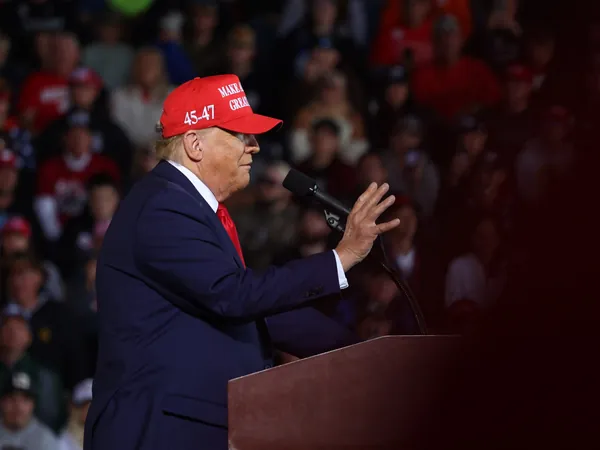



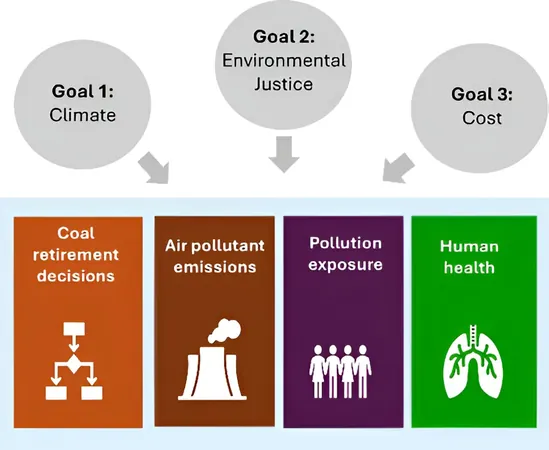
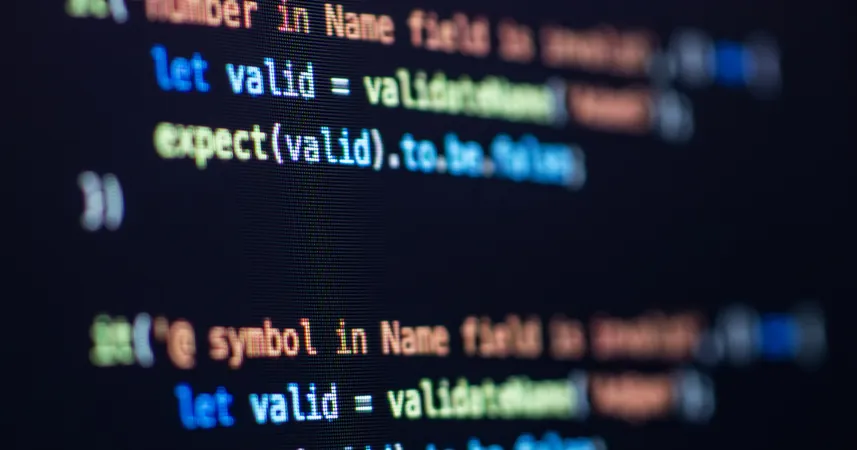
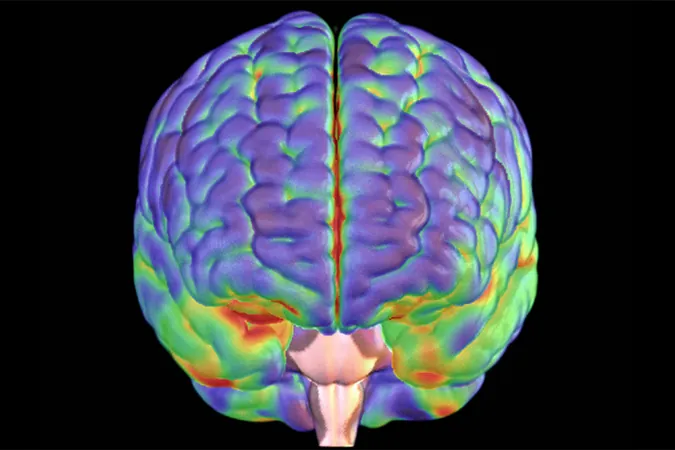
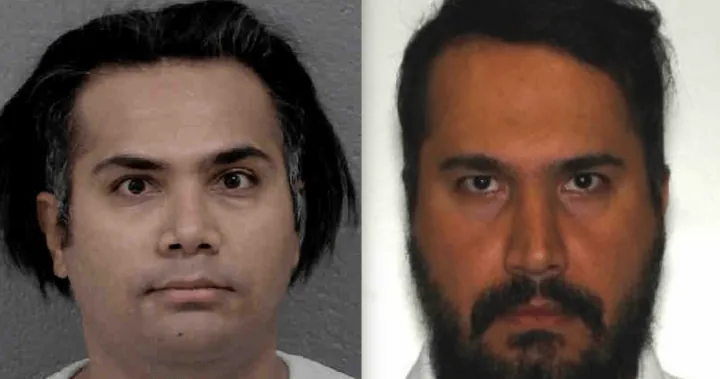

 Brasil (PT)
Brasil (PT)
 Canada (EN)
Canada (EN)
 Chile (ES)
Chile (ES)
 España (ES)
España (ES)
 France (FR)
France (FR)
 Hong Kong (EN)
Hong Kong (EN)
 Italia (IT)
Italia (IT)
 日本 (JA)
日本 (JA)
 Magyarország (HU)
Magyarország (HU)
 Norge (NO)
Norge (NO)
 Polska (PL)
Polska (PL)
 Schweiz (DE)
Schweiz (DE)
 Singapore (EN)
Singapore (EN)
 Sverige (SV)
Sverige (SV)
 Suomi (FI)
Suomi (FI)
 Türkiye (TR)
Türkiye (TR)